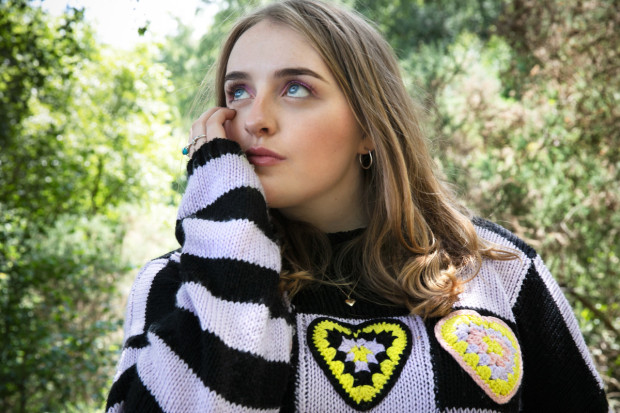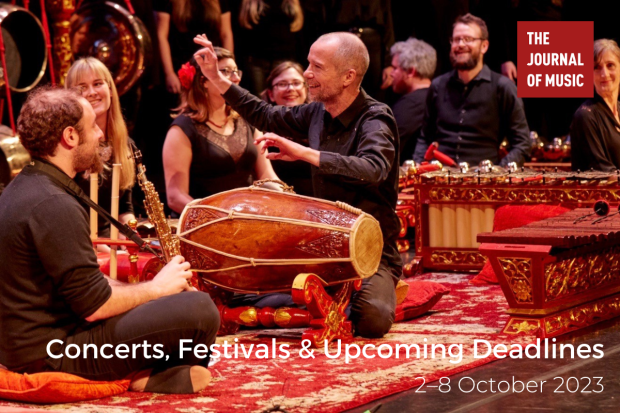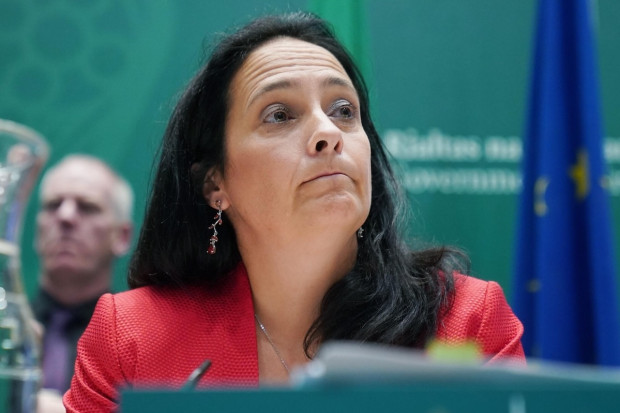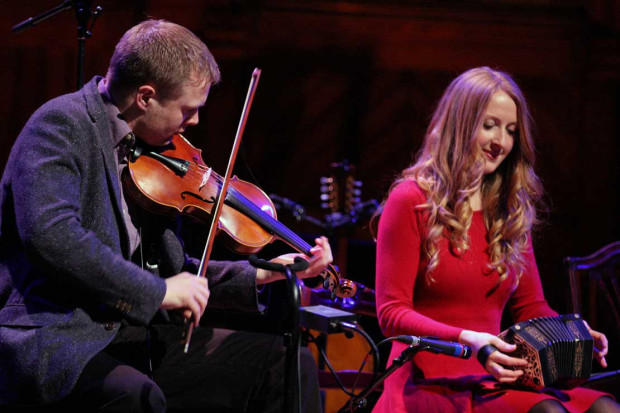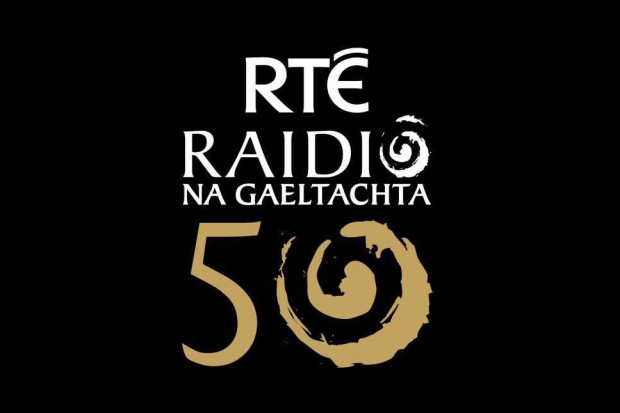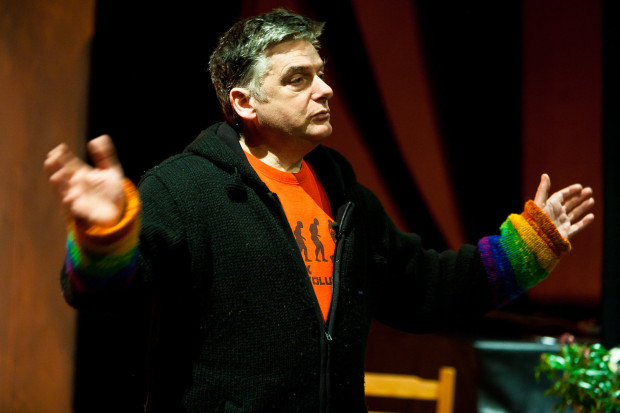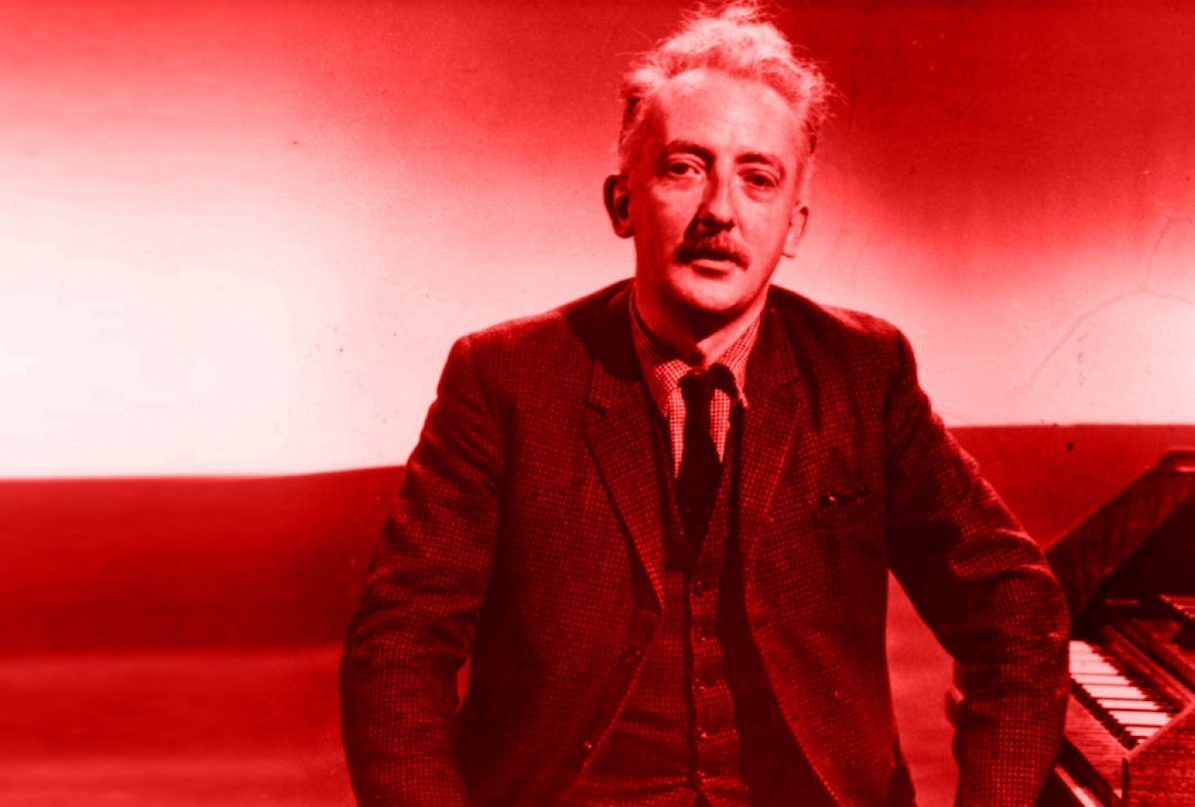
Seán Ó Riada
We Have Celebrated Ó Riada Enough
The day before the two concerts last Saturday that were organised to celebrate the legacy of composer Seán Ó Riada, his son Peadar, also a composer, musician and a broadcaster on RTÉ Raidió na Gaeltachta, published a particularly negative perspective on Irish traditional music over the past five decades.
[O]ur nation has latched onto the sound and manufactured a version of our indigenous music that is commercial or accessible to those that are not really interested in it… Intellectual and commercial understanding mapped the road for our music for the last fifty years… Most true sources now are in the museums and archives…
Seán Ó Riada was well capable of launching some challenging ideas into the public sphere, and Peadar can too, but where do we start in trying to address this damning and unfounded assessment of traditional music over the past half century? Published on RTÉ’s own website, the article could only make sense if you chose to ignore huge swathes of music, but such a position is a cultural comfort zone that no-one should have the luxury of anymore. It is too easy to splice off sections of music and analyse them as if others didn’t exist. However complex it is, we have got to engage with the whole Irish musical picture. That, indeed, is what Seán Ó Riada tried to do in his own time.
One of the main achievements of the composer, who died fifty years ago this year on 3 October, was to bring a simple, powerful idea to the Irish public of the 1950s and 60s, that their traditional music was, as Peadar writes, ‘as good, entertaining, intelligent, sophisticated, modern or popular’ as any other music. It wasn’t Ó Riada’s idea – American collectors such as Alan Lomax, Jean Ritchie and Diane Hamilton had already pointed to this – but Ó Riada went further: he picked skilled musicians and arranged the music in a way that appealed to a new generation (via Ceoltóirí Chualann). And he did it on the largest musical scale possible too, through the symphony orchestra and film (Mise Éire). That is no small achievement. Right person, right time.
Separating out
The National Concert Hall’s tribute to Ó Riada on 25 September was divided into an afternoon concert of his orchestral music, performed by the RTÉ NSO with conductor David Brophy, and an evening concert that featured a range of traditional musicians, including a reassembling of the composer’s iconic band, with three original members – Seán Ó Sé, Seán Keane and Michael Tubridy – plus children of members taking the place of those who have now passed on.
The enigma of Ó Riada would make anyone curious about his orchestral works, but soon after the opening of each, whether it is the music from the film Saoirse?, the Suite from Ceol na Laoi or The Banks of Sullane, they become quite depressing, because you realise that even fifty years after his death, our musical life is such that we still haven’t separated out the good stuff from the dreary, drum-beating arrangements. The works seem to run out of creative energy very soon. The one piece that will intrigue you is Hercules Dux Ferrariae: Nomos No. 1 from 1957, but it is fragmented – it has eight short movements, each only two or three minutes long – so much so that it needed much more from the NSO to bind it together.
The concert finished, naturally, with Mise Éire and its Hollywood-style opening. The introductory phrase always puzzles me. It’s based on the sean-nós song ‘Róisín Dubh’ but the opening four notes of Ó Riada’s work place the emphasis in the line in an entirely different place to the original melody, to make it something much more showy. Composers can do what they like with melodies, but it’s so ersatz that it conflicts directly with the image of Ó Riada seeking authenticity in his native culture. It’s another example of all the things that we never talk about with regard to the composer.
The highlight of the concert was actually the contribution by uilleann piper Mick O’Brien, who played an air in the middle of Saoirse?, and that of fiddle-player Aoife Ní Bhriain who gave a dynamic solo interlude with her own experimental piece ‘An Tine Bheo (Cuid a 1)’ followed by ‘The Rolling Wave’ and the reel ‘Paddy Taylor’s’.
The flow of a river
In part two of the tribute, an evening concert, it opened with fiddle-player Doireann Ní Ghlacáin performing another exploratory piece, plucking the air of ‘The Banks of Sullane’ on violin, accompanied by the sounds of a river and the voice of Ó Riada (her grandfather), before playing the air and then finally singing the song. It was an auspicious opening, and the voiceover from Ó Riada – ‘You might compare the progress of traditional music in this country to the flow of a river… Various foreign bodies may fall in or be dropped in, or indeed thrown in, but they do not divert the course of the river…’ – might suggest that this would be a theme for the night, but the programme was more orthodox: Seán Keane performing ‘The Foxhunter’s’ reel; Stephen Rea reading Séamus Heaney and Thomas Kinsella to an accompaniment on piano by Ryan Molloy and then Keane; Sibéal Ní Chasaide singing ‘Mná na hÉireann’, Cormac Begley performing on concertina, and Ní Ghlacáin’s sister Siún joining her on fiddle for a set of tunes. The majesty of seeing Keane play solo on the NCH stage was a highlight, but everything was a prelude to the arrival of the reconstituted Ceoltóirí Chualann.
Peadar Ó Riada sat at the harpsichord ‘in the seat of’ his father, with Mel Mercier on bodhrán, Seán Potts Jr on whistle and John Kelly Jr on fiddle also representing their fathers. Éamon McGivney performed on accordion, Mick O’Brien on pipes, Kevin Glackin on fiddle/viola, plus original members Keane, Ó Sé and Tubridy. The band were under-rehearsed, but they performed a popular set drawing on Ó Riada arrangements and albums, including ‘Marbhna Luimnigh’ and ‘Carraig Fhearghais/Do Bhí Bean Uasal’. What worked best was ‘Ríl Mhór Bhaile an Chalaidh’, the classic ending to the Ó Riada sa Gaiety album. Tubridy’s flute solo was still as bright and fresh as in 1969, and the group lilting followed by a blast of the reel can still raise a roar from the crowd. It was special to see such a gathering of musicians.
The most compelling performance, however, came earlier in the evening. Crash Ensemble performed Ó Riada’s Hercules dux Ferrariae: Nomos No. 1 – the same piece we had heard that afternoon – but this time for single strings: two violins (new artist in residence Diamanda La Berge Dramm and Cora Venus Lunny), viola (Lisa Dowdall), cello (Kate Ellis) and double bass (Malachy Robinson). Here, it didn’t matter that the work is in eight short movements. The intensity of the playing, and the interplay between the musicians, resonated through the silence from one movement to the next, so it felt like one unified piece.
Of course, the success of the Crash performance raises a question about the programming. There was plenty of representation from the new generations of traditional musicians, but none from Irish composers since Ó Riada (apart from Molloy on piano) – a similar example of how we are good at blocking out huge swathes of music.
It also denies Ó Riada a more dynamic legacy. His impact was wide-ranging, from traditional to classical to religious music to broadcasting. It’s clear he was an intellectual as well as a musical presence in Irish life – he once refused to record a television programme for RTÉ because of the stage-Irish manner in which the set was designed; he went toe to toe with the classical music critic Charles Acton in the pages of the Irish Times; his Our Musical Heritage radio lecture series upset plenty of people in traditional music; and when you read some of his correspondences, he was always trying to push official Ireland out of its comfort zone. Over the past fifty years, we have celebrated Ó Riada enough. There have been similar concerts in the 70s, 80s, 90s and 2000s. We need to pay this radical the compliment of moving on and shaking up our musical life with some fresh ideas, new energy and brave people at the top of our musical structures. That, in a sense, would be the Ó Riada way.
Both Portraits of Seán Ó Riada concerts are available to view below.
Highlights from the concerts will be aired on RTÉ One on Saturday 2 October, and on RTÉ Lyric FM on Sunday 3 October. On Friday 1 October, Nationwide on RTÉ One will broadcast an hour-long special on Ó Riada’s life presented by Bláthnaid Ní Chofaigh.
Subscribe to our newsletter here.
Published on 29 September 2021
Toner Quinn is Editor of the Journal of Music. His new book, What Ireland Can Teach the World About Music, is available here. Toner will be giving a lecture exploring some of the ideas in the book on Saturday 11 May 2024 at 3pm at Farmleigh House in Dublin. For booking, visit https://bit.ly/3x2yCL8.










